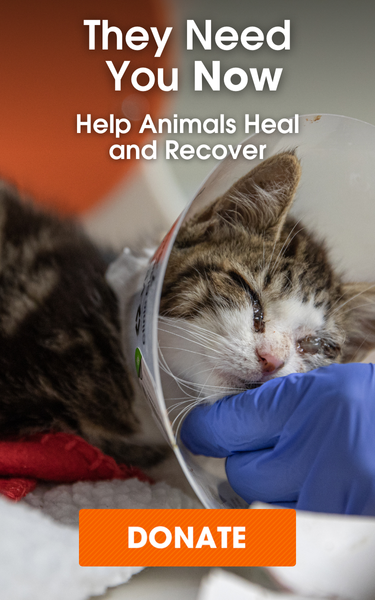
Plants to Support Your Local Wildlife

You don’t need to live in a forest or next to the ocean to enjoy a landscape jam-packed with critters of all kinds. Species of insects, birds and mammals will come to wherever you are if you support the ecosystem surrounding you. Yes, even urban areas! Plants, specifically native plants, are one of the foundational pillars for having a healthy and thriving ecosystem. If you grow the plants, the wildlife will come to you!
How do I know which plants are native to my area?
Our experts at the ASPCA Animal Poison Control Center (APCC) created the below list for suggestions on beautiful native plants that are found in many areas of the United States. Consider checking out the National Wildlife Federation or the National Audubon Society for a more comprehensive list based on your specific location. You can also check out your local plant nurseries as they may have a native plants section. You’ll want to look for the species and variety of the selected plant that is native to your area in order to attract the most wildlife.
Use these plants to provide attractive food and a habitat for beneficial insects including bees, butterflies, hummingbirds and even songbirds who will eat off the seedheads in winter. In addition, many of these plants provide excellent habitat for insects, spiders, frogs and small mammals.
Plants that are non-toxic to dogs and cats:
- Aster (Aster spp.)
- Joe-Pye (Eutrochium spp.)
- Eutrochium pupureum, common sunflower (Helianthus annuus)
- Maximilian sunflower (Helianthus maximiliani)
- Giant sunflower (Helianthus giganteus)
- Sage (Salvia officinalis)
Milkweed (Asclepias spp.) can be beneficial to wildlife but can be toxic to household pets. If you choose to plant it in your garden, keep your pets out of the area and ensure that they can’t ingest anything they shouldn’t.
To check out the potential toxicity of other plants, see our Toxic and Non-Toxic Plants List.
What else should I consider when selecting plants for my garden?
- Use a variety of plants, like those varying in height, so as to create as many microhabitats as possible.
- Consider all four seasons. Many plants such as grasses provide important shelter and nutrition to wildlife during winter.
- Be patient. Some plants may take several years to mature and thrive in their ecosystem.
Happy growing!
If you suspect your pet may have ingested something toxic, please contact your veterinarian or the ASPCA Animal Poison Control Center at (888) 426-4435 immediately.
